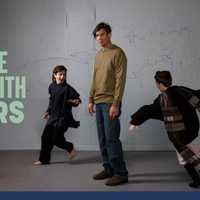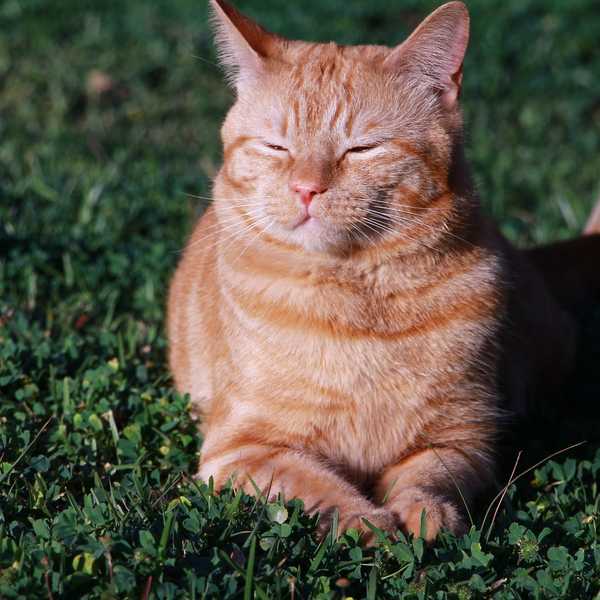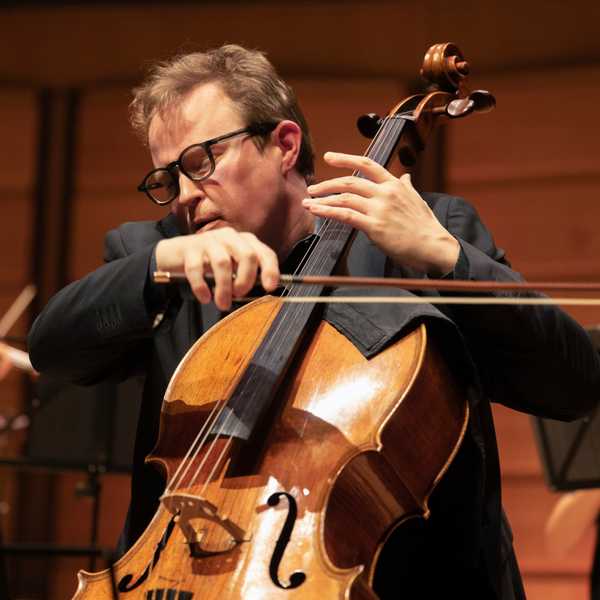The reason I created Jazz Impressions is because I have always sensed a link between French Impressionist Music and Jazz. At a young age I was always drawn into the dreamy mysterious world of Impressionist music. It was this atmospheric kind of music that I could also hear in Jazz sometimes.
As I delved into the connection between these two types of music it became apparent that whilst musicians have long understood the connection, very few musicologists have written about it. Research Professor of Music at the Royal Birmingham Conservatoire Deborah Mawer is the author of, “French Music and Jazz in Conversation: From Debussy to Brubeck”. She is one of the few authors that fully explores to interconnectedness of these two genres.
Composers such as; Debussy, Ravel, Satie and others have provided inspiration for a lot of 20th music but undoubtedly, it is Jazz that is most richly adorned with the innovations bequeathed to it by the impressionists. Such things as advanced harmonies like 9ths and 11ths – the staple vocabulary in jazz – were used by Debussy and Ravel at a time when jazz was predominantly still engaged with major and minor triads. Debussy’s use of the long forgotten modal techniques of early church and medieval music exerted a major influence on Miles Davis and Bill Evans in their collaboration on the seminal, “Kind Of Blue”. The impressionist style was also used by many other jazz legends such as, Art Tatum, Duke Ellington, John Coltrane, Red Norvo and Lennie Tristano.
Bill Evans is one of my favourite Jazz artists, I consider him to be one of the great jazz impressionists with his fluid and deeply personal playing.
There was also much cross-pollination. Ravel found inspiration in American Jazz, which was sweeping Paris in the 1920’s. At a time of prohibition and racial discrimination American Jazz artists found a haven in Paris and enjoyed its liberating cosmopolitan society. Ravel also visited America in 1928 and listened to great artists such as Duke Ellington, Paul Whiteman and Bix Beiderbecke. Ravel also had an influential meeting with George Gershwin and in 1931 completed his great Piano Concerto in G – long considered to be an homage to Gerswhin.
I also like to explore music that gives us an impression of jazz – and it is found in the most unexpected places. Composers such as Bach wrote music that was simply out of its time and communicated the spirit of jazz with vivid clarity. Examples that come to my mind are; the wild harpsichord cadenza in the first movement of his 5th Brandenburg Concerto – it occurs a few minutes before the end. The harpsichord that was always in the background for most of the piece is unleashed from the orchestra and plays a long solo that eventually goes off the rails and can only be described as pure jazz.
There is also his Chromatic Fantasy with its jazz sounding arpeggios and chords in the prelude and the jazzy walking bass lines of, Air in G and many of his two part inventions. Jacque Loussier formed the Play Bach Trio in 1959 and used Bach’s compositions as a base for jazz improvisation. But there are also the jazz inspired quartets of Shostakovich, the etudes of Scriabin and the piano concertos of Rachmaninoff that also give us an impression of jazz.
It is my wish to transport my listeners to a place of deep calm but not to make them fall asleep, rather to help them ease frayed nerves and rejuvenate their life spirit. That’s what music often does for me and I’m sure it does for most people. If I was a new-age type person I might say that I’d like to use the music to help cleanse their Auras, but I’m not one of those people – I think.
Share "The Genesis of Jazz Impressions"
Copy










